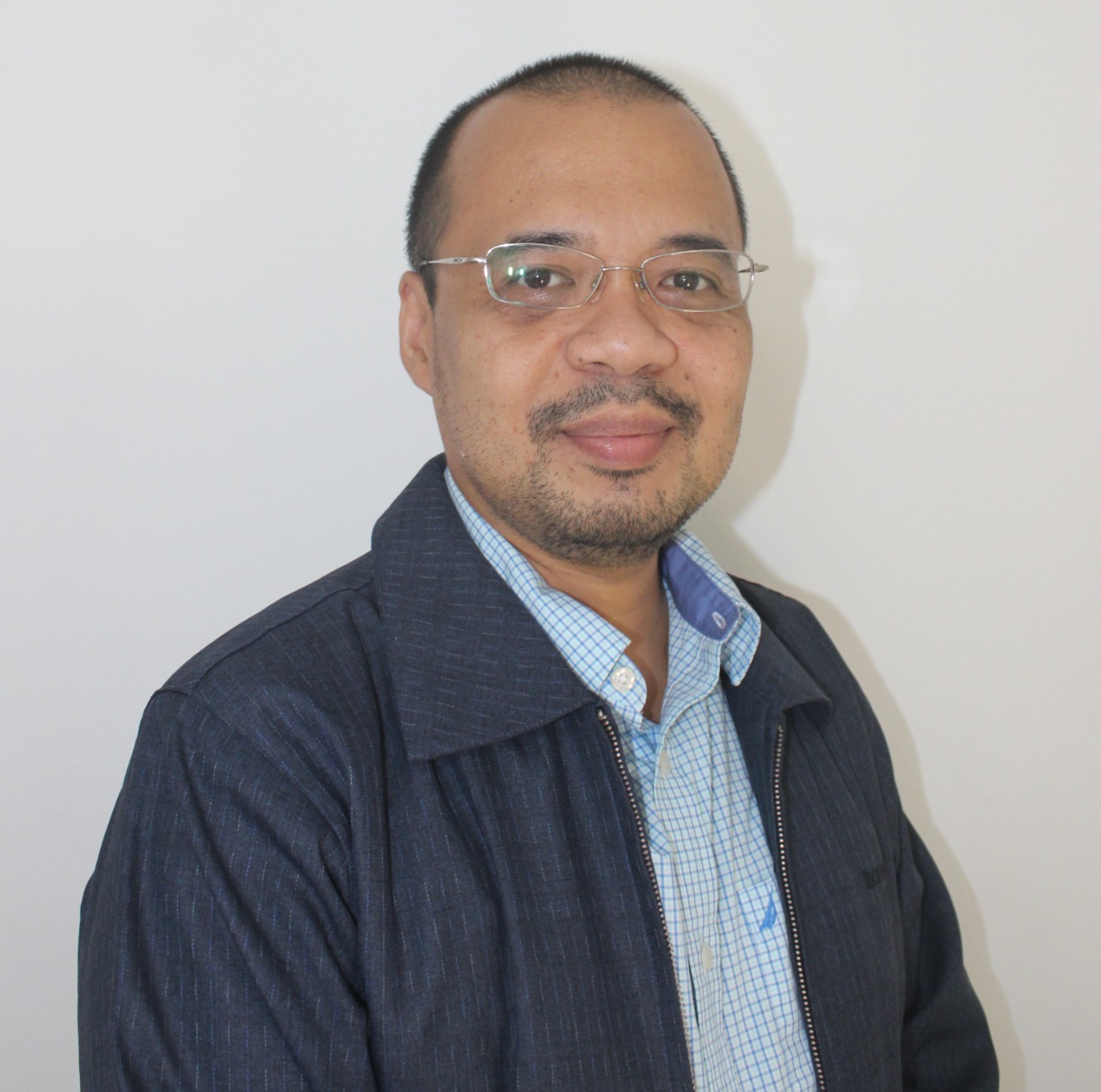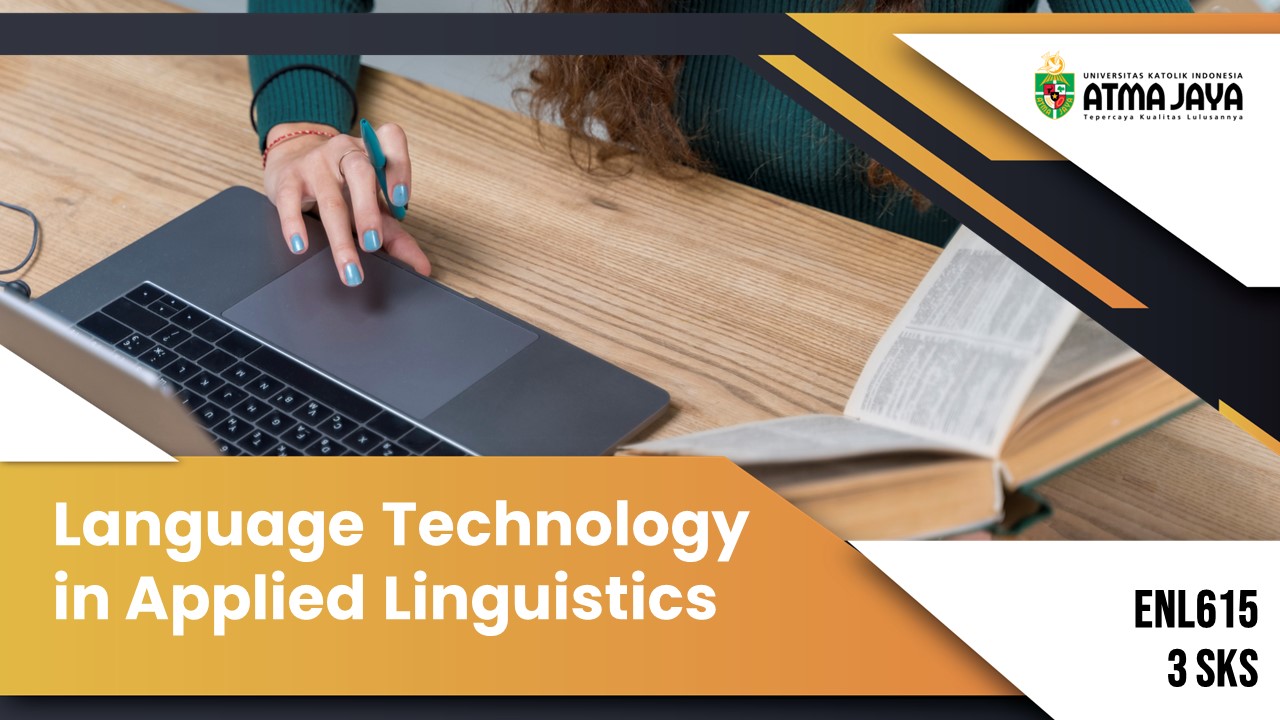About This Course
This course is about the use of current speech technology in applied linguistics research. It will provide an introduction to the Praat computer program (Boersma & Weenink, 2021). It is an open-source software that is used to analyze the acoustic aspect of human speech. The primary goals of this course are to facilitate applied linguistics students with basic skills for analyzing vowels, consonants, word stress, and intonation in English words and sentences produced by Indonesian (L2) speakers and compare the results with the production from native English (L1) speakers. The waveform and spectrogram generated in Praat will be used to analyze the spectrum of the frequency of speech signal (in Hertz) produced by L2 speakers.
First, students will be given training in the basic functionality of the software. Second, they will practice recording their English production. Third, students will be trained to do spectral frequency (formant), duration, and pitch analyses. For example, students will analyze formant one (F1) and formant two (F2) of their own English vowels production, where F1 is related to the height of the tongue, and F2 is associated with the back/front dimension of the tongue in certain vowels. The frequency of each vowel, represented in Hertz (Hz), will be used to indicate the degree of height and back/front dimension of the tongue.
In addition, they will also be able to annotate the International Phonetics Alphabet (IPA) on Praat and print out the results in a high-quality image for paper writing or publication purposes.
Requirements
Introduction to Linguistics or a similar course is recommended before taking this course.
Course Staff

Staff Member #1
Ferdinan Okki Kurniawan, Ph.D. is a lecturer of linguistics at Atma Jaya Catholic University of Indonesia, Department of Applied English Linguistics. He earned his Ph.D. in linguistics from Cornell University, USA, and M.A. in linguistics from Eastern Michigan University, USA. His linguistic interest is interdisciplinary as it combines a number of subfields of linguistics such as phonetics, phonology, speech corpora, language variation and change. I am currently interested in the global Englishes phenomena, especially in the areas of local English, where English varieties emerge because of contact with local languages. My current research investigates the Indonesian-English variety based on some phonetics/phonological evidence. He currently serves as a secretary in the Linguistic Society of Indonesia (Masyarakat Linguistik Indonesia).
Frequently Asked Questions
What web browser should I use?
The Open edX platform works best with current versions of Chrome, Edge, Firefox, Internet Explorer, or Safari.
See our list of supported browsers for the most up-to-date information.
Question #2
Your answer would be displayed here.

